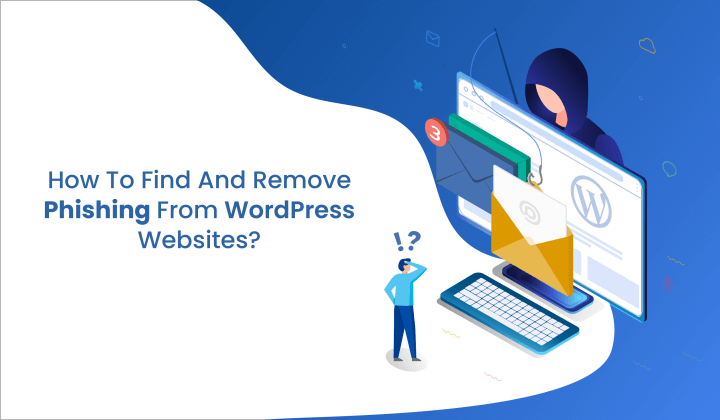MalCare Security Wordpress
Get latest updates about WordPress Security, High Performance Sites, and more…
Get latest updates about WordPress Security, High Performance Sites, and more…

Most web hosts will provide WordPress sites with free SSL certificates, however, there are still those that don’t. In those cases, what do you do? Alternatively, you’ve recently learned that there are levels of SSL certificates, and perhaps your business needs to convey to customers that it is ultra secure about handling communication. Since your…

Repeated spikes in traffic are not always a good thing for WordPress sites. On the one hand, it could mean that new visitors are finding your site. However, it could well be more sinister, like an attack. Perhaps your site is getting an unprecedented amount of traffic, and your site is becoming sluggish in response….

Are you seeing a mixed content warning on your WordPress site? Has your browser blocked access to your site due to a mixed content error? The mixed content warning is a common issue that affects a lot of websites. It is caused by your site loading some content over unsecured HTTP connections while the site…

If we were to ask you, which of these people had a secure site, what would your answer be? Are they all right? Are some of them right? Are a combination of them right? Who should you listen to, to secure your site, data, visitors, customers, revenue, etc? Unfortunately, if you answered A? Wrong answer. If…

Restricting admin access on WordPress is an important login security measure that we use to reduce unauthorized access to your website pages or posts. There are several reasons why you would want to do this. Hackers can use privilege escalation to gain access to core site functions like plugin installs. This makes it important to…

Restricting access to your content can be about establishing login security or crafting a curated user experience. It adds an extra layer of security by preventing unauthorized visitors from viewing sensitive content. For example, you might want to restrict access to certain members of your site: blogs, resources, e-learning curricula, etc. It’s also possible that…

With its user-friendly interface and robust functionality, WordPress offers an exceptional experience to both novice bloggers and seasoned web developers alike. However, like with any technology, users may encounter specific challenges and errors, including the “too many redirects” or “err_too_many_redirects” WordPress error. This error is particularly frustrating because it’s not confined to a single aspect…

Installing an SSL certificate on your WordPress site is the first step towards making your site secure. An SSL certificate on your site is like using a digital lock and key. Just as you would not leave your home without locking it, similarly, you should not leave your site without the defenses of an SSL…

You are here because your website has either been marked as a phishing site, sending out phishing emails to your visitors, or has a bunch of phishing pages on it—that you haven’t added. But, why is any of this happening? Yours is not a phishing website! If you are experiencing these symptoms, the chances are…

Logging in with your WP login URL is the only way to access your site’s admin panel or WordPress dashboard. The dashboard is where you can customize your pages, or install plugins and update the theme. But, if you’re new to WordPress, you will need to learn how to log in. It’s also possible that…
End of content
End of content
Copyright 2023 Malcare. All Rights Reserved.
We’re Here To Help You Succeed. Drop Us A Line And We’ll Get Back To You Shortly.

Copyright 2023 Malcare. All Rights Reserved.
We use cookies to provide and improve our services. By using our site, you consent to cookies. Learn More
We use cookies to provide and improve our services. By using our site, you consent to cookies. Learn More ->